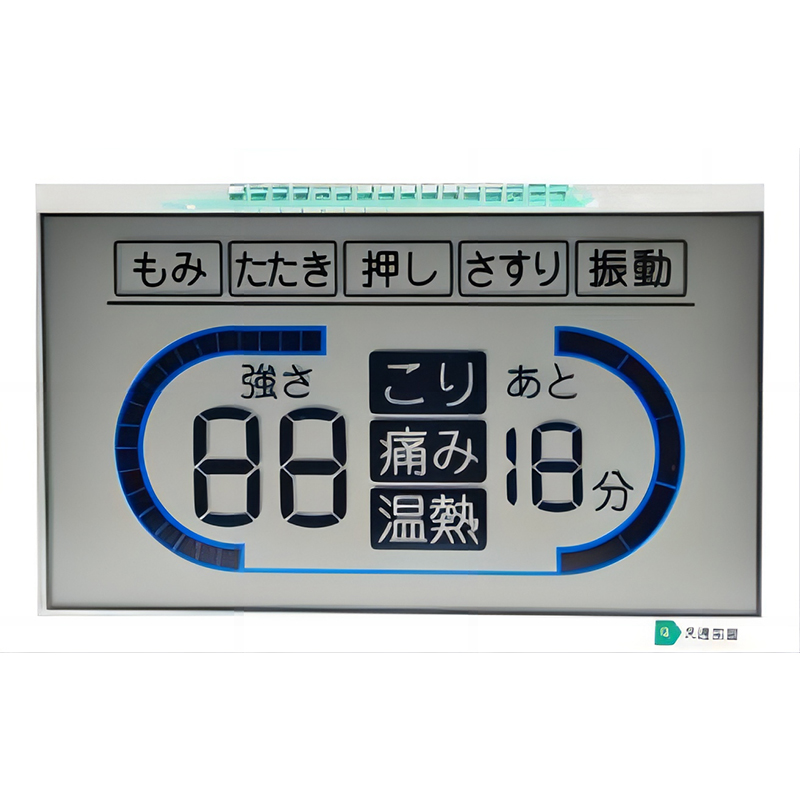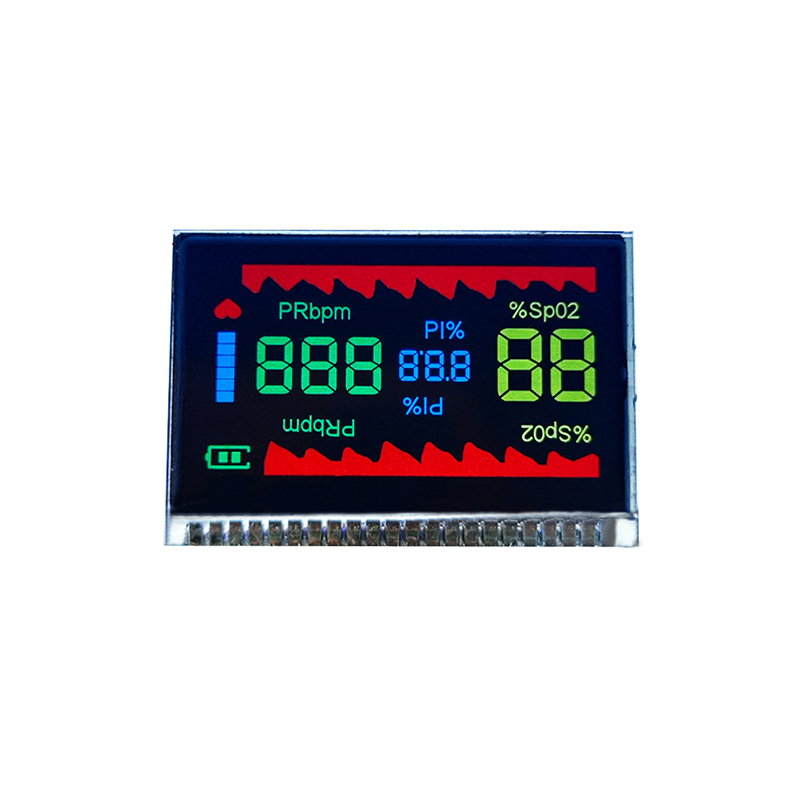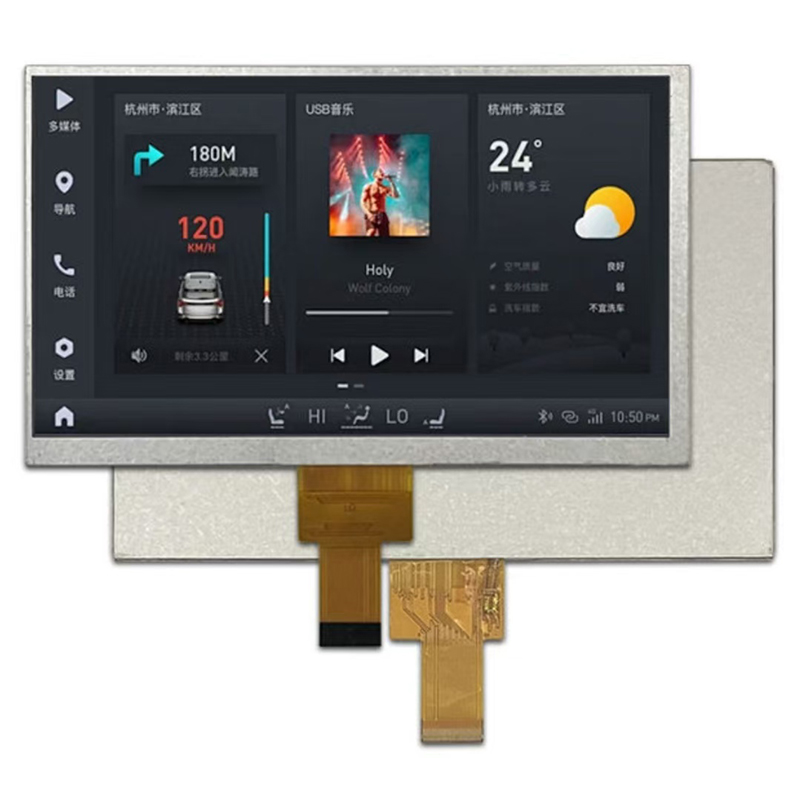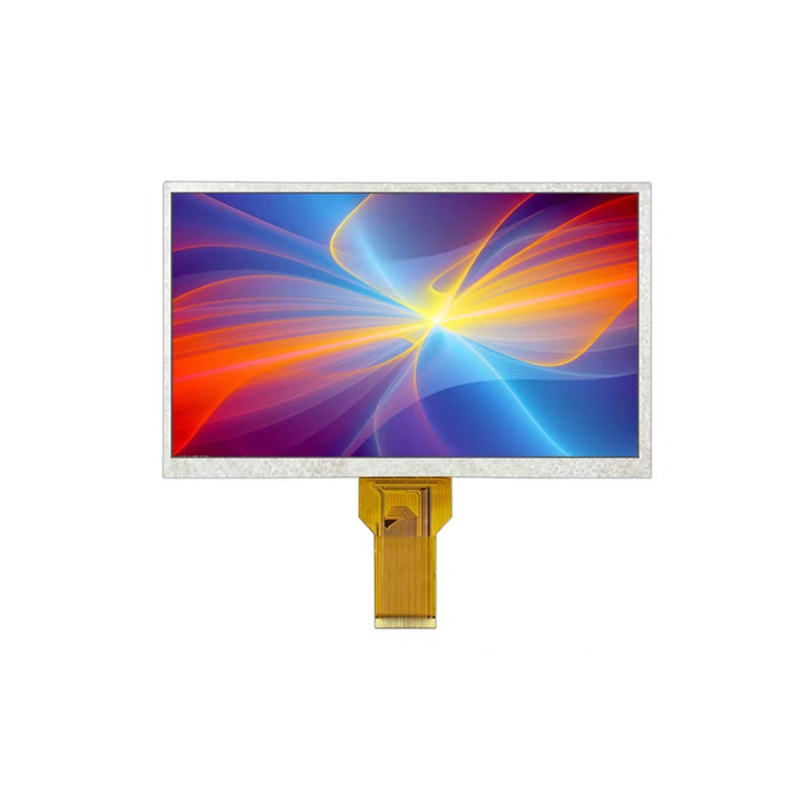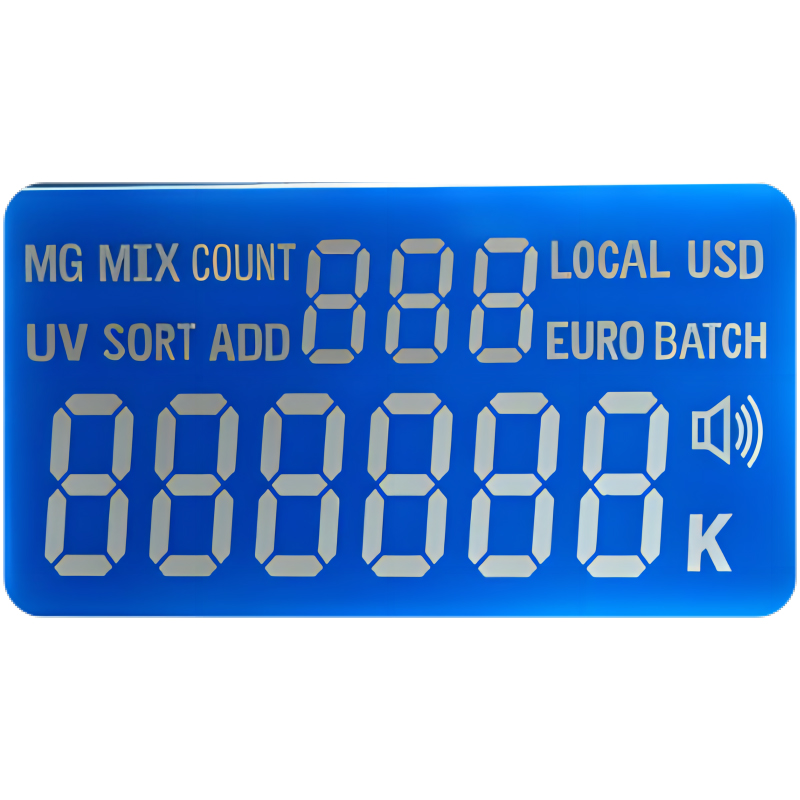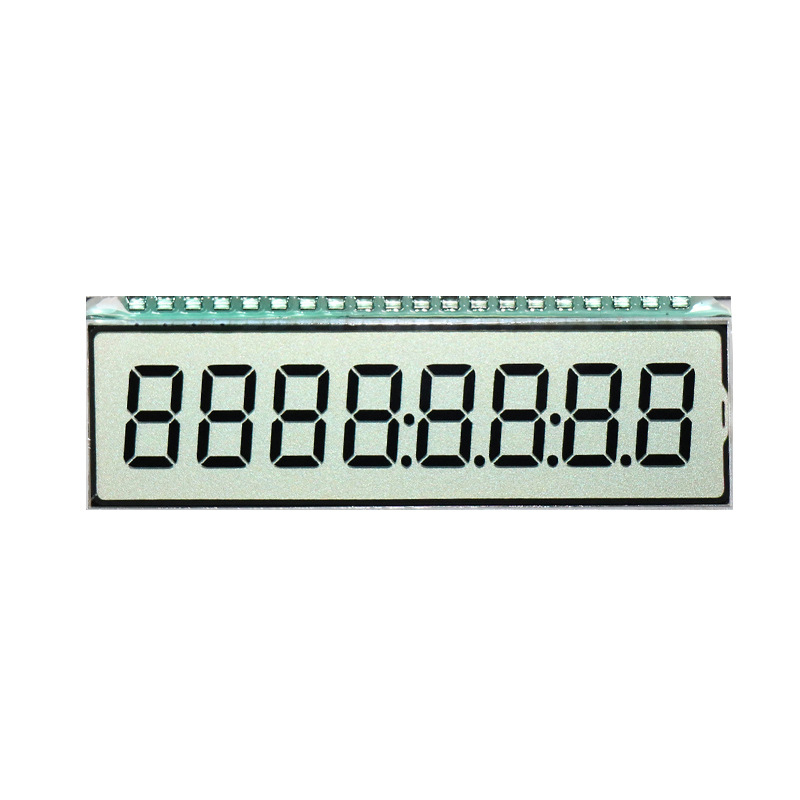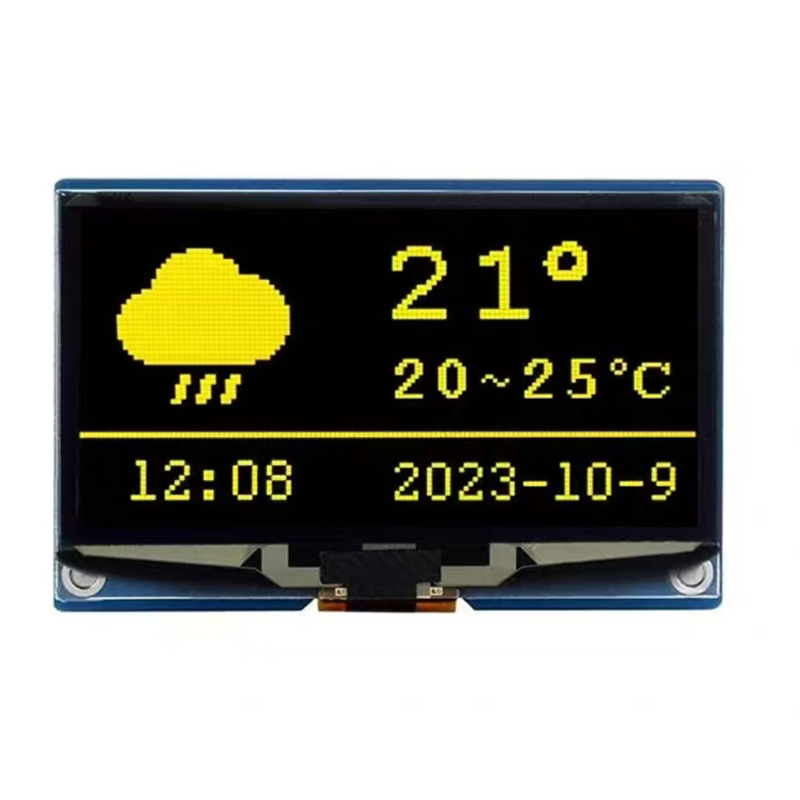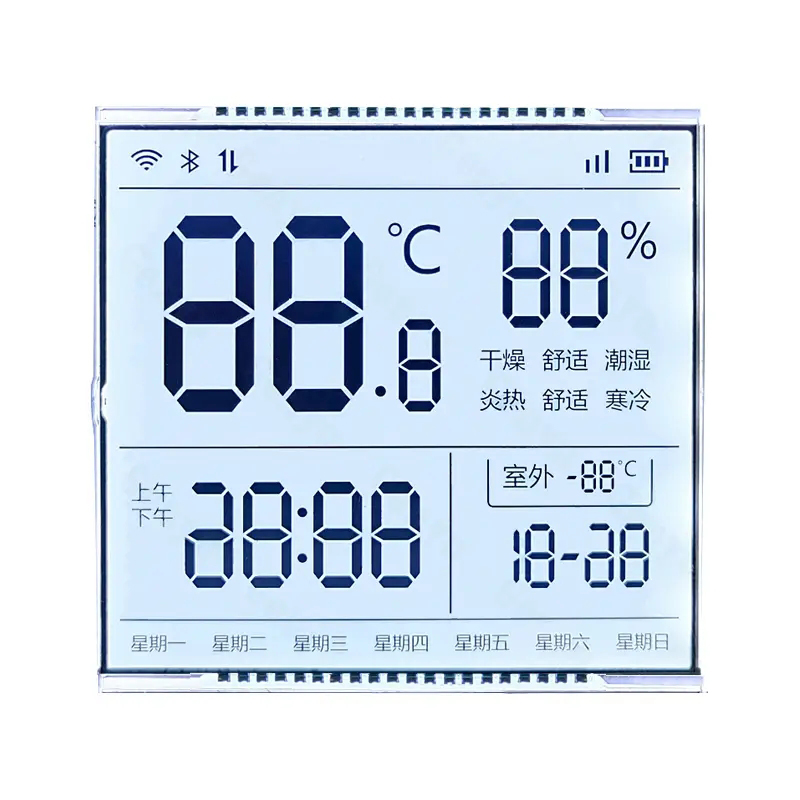
This guide explores the world of small LCD displays, covering everything from choosing the right size and resolution to understanding key specifications and finding reliable suppliers. We'll delve into the various applications of these displays and help you determine which features are essential for your specific needs. Whether you're a hobbyist, professional, or business owner, this resource will equip you with the knowledge necessary to make an informed decision.
The first step in selecting a small LCD is determining the required screen size. Sizes are typically measured diagonally in inches. Resolution, expressed as pixels (e.g., 800x480), dictates the image clarity. Higher resolution results in sharper images but may increase cost and power consumption. Consider the viewing distance and the level of detail needed for your application. For close-up work, a higher resolution small LCD might be preferable.
The aspect ratio, the relationship between the width and height of the screen (e.g., 16:9, 4:3), influences the overall shape and viewing experience. Different aspect ratios are suited for various applications. Consider whether you require a widescreen or standard aspect ratio small LCD for optimal viewing.
Brightness (measured in cd/m2) determines the screen's visibility in different lighting conditions. Higher brightness is essential for outdoor use. Contrast ratio shows the difference between the brightest white and darkest black, affecting image depth and clarity. A wider viewing angle allows for comfortable viewing from various positions. Consider your environment and viewing habits when choosing a small LCD with appropriate brightness, contrast, and viewing angle specifications.
Different small LCD displays offer various interfaces like LVDS, SPI, or parallel. The choice depends on the controlling device and the desired level of complexity. Understanding the compatibility of the display's interface with your system is crucial.
Small LCD displays find applications across diverse industries and sectors. Here are some prominent examples:
Selecting a reliable supplier is crucial for ensuring product quality and timely delivery. Look for suppliers with a proven track record and excellent customer service. Consider factors such as product customization options, technical support, and warranty terms. For high-quality small LCD displays and exceptional service, consider exploring options like Dalian Eastern Display Co., Ltd. They offer a wide range of customizable small LCD solutions.
Selecting the ideal small LCD requires careful consideration of several factors. Understanding the specifications, applications, and available suppliers enables you to make an informed decision based on your specific requirements. By following this guide, you can effectively navigate the market and find the perfect small LCD display for your needs.




